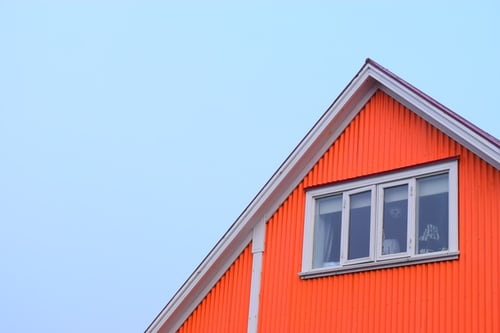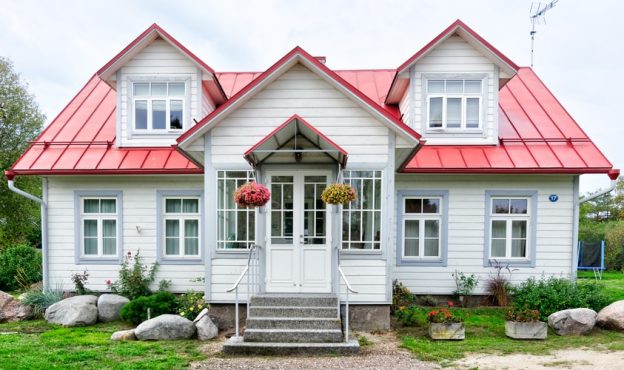Radon can be found in soil, and since it is naturally occurring, no one can prevent its existence. Besides, it can be found anywhere, including your home. This radioactive gas is prevalent in the United States, affecting thousands to millions of households. Although not everyone is aware of its adverse effects, more and more people consider radon mitigation to make a radon-resistant home. If you have never heard of radon before, we’re here to give you a glimpse of its harmful effects. You’ll also learn how this radioactive gas enters your home and what you can do about it.
Radon Mitigation: Why You Should Consider It Now
Lung cancer is no joke because many people have died because of it. According to the World Health Organization, smoking is the leading cause of lung cancer. Although you are not a smoker, there are still chances that you can acquire it if you are exposed to high radon levels for a long time. The truth is, radon is the second leading cause of cancer next. And if you are a smoker, you are increasing your risks of lung cancer especially if your home has high radon levels.
Since radon is inevitable, it would be best to consider radon mitigation. You may apply quick fixes while waiting for a radon contractor or hire a radon expert immediately once you found out that your home has high radon levels. When it comes to radon mitigation, there are temporary and permanent solutions, and the best one depends on your necessity. If you are creating a radon-resistant home and want to live there as long as possible, the best radon mitigation techniques should be applied.
How Radon Enters Your Home
According to the United States Environmental Protection Agency, radon is a radioactive gas that comes from the natural decay of uranium. It is usually found in nearly all soils. This gas moves up through the ground to the air above and into your home. Radon can enter your house through the cracks and other holes in your home’s foundation. This is why any home can experience a radon problem, including new and old houses, well-sealed and drafty homes, and homes with or without basements.
Simple Radon Reduction Techniques
If you want to reduce radon in your home, here are some radon reduction techniques to consider:
- Caulking – you can use caulking products to seal entry points in the floors and walls of the home.
- Sealing – draft the excluders and rubber seals to seal around doors and other access points in a building. Don’t forget to seal the large cracks and openings in your home.
- Ventilation – open the windows and vents to ensure that air is flowing throughout the house. If your home has a suspended ground floor and space underneath, make sure to clear the obstruction to improve the ventilation.
Radon is a naturally occurring gas, and it can be found almost everywhere. Therefore, you cannot guarantee that your home is safe from this cancer-causing gas. If you want to reduce the risks of acquiring lung cancer from long-time radon exposure, radon testing and applying radon mitigation should be prioritized.







